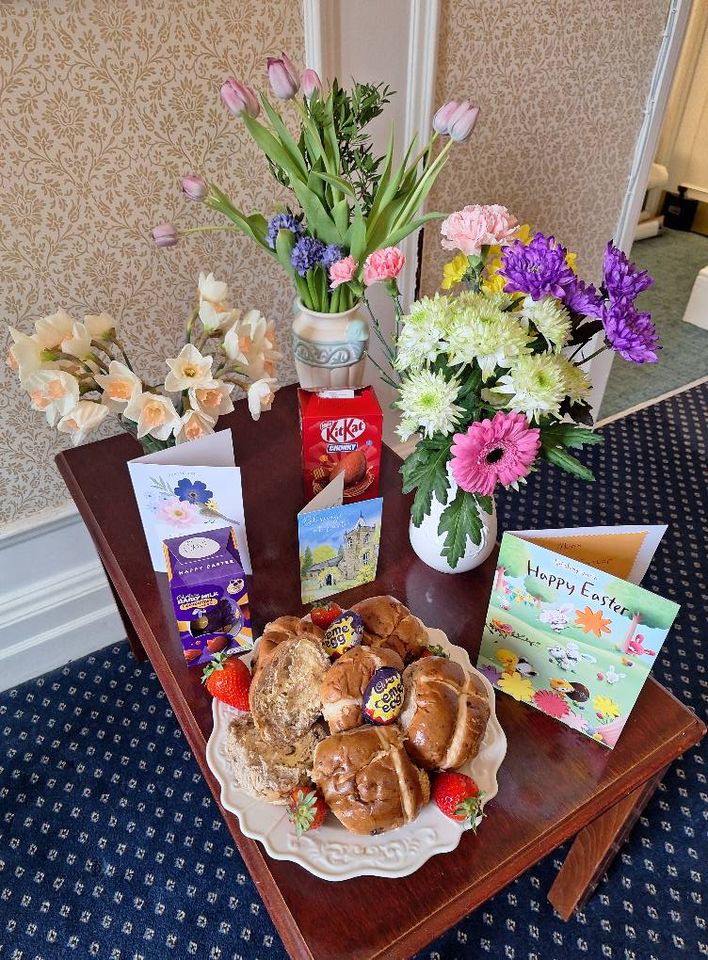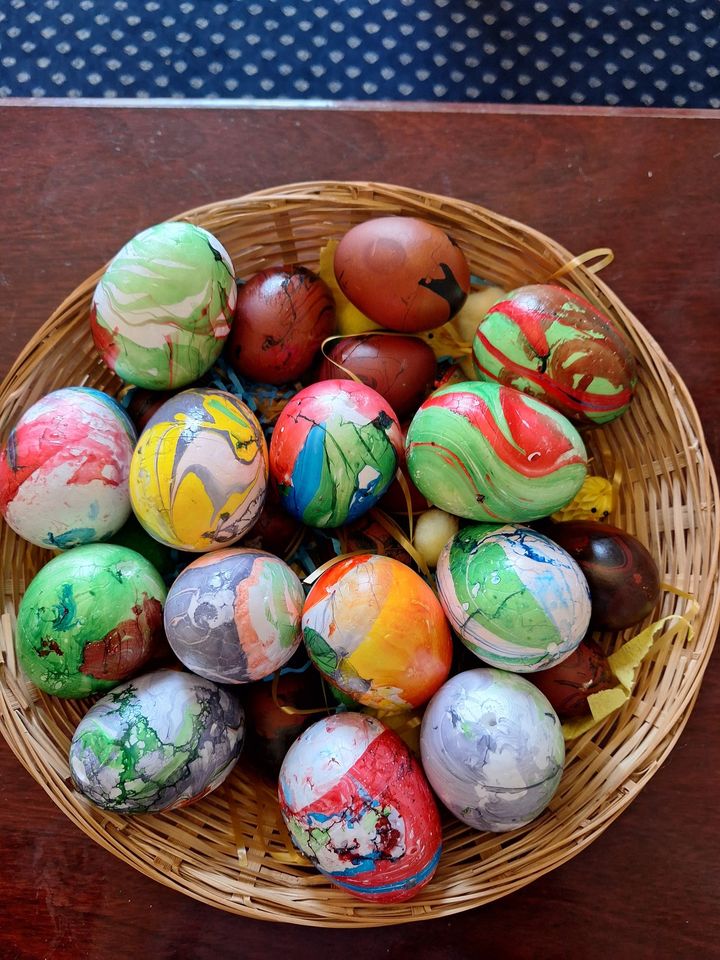Elaborate bonnets, giant bunnies, Hot Cross Buns and chocolate eggs were to the fore as residents in our homes celebrated Easter with family and friends.
Our dedicated teams were on hand to ensure everything went smoothly, despite the unseasonal weather.
From craft activities to the streaming of Easter church services, there was much to be enjoyed over the bank holiday weekend as we look forward to warmer days and lighter evenings.
Easter, a festival celebrating the resurrection of Jesus Christ from the dead, is a time of joy, reflection and tradition.
The date of Easter changes every year owing to a complicated blend of astronomical calculations and religious traditions and can fall anywhere between March and the end of April.







Easter is based on the ecclesiastical approximation of the Jewish lunisolar calendar, adjusted to fit within the Gregorian calendar that most of the world follows today. This calculation method was established during the First Council of Nicaea in 325 AD, where church leaders determined that Easter should fall on the Sunday following the first full moon after the vernal equinox (the first day of spring in the northern hemisphere).
Central to determining the date of Easter is the Paschal Full Moon. This astronomical event is not the actual full moon, but a theoretical construct based on ecclesiastical calculations. It represents the 14th day of the ecclesiastical lunar month and is used to establish the date of Easter.
However, The Eastern Orthodox Church, for example, continues to use the Julian calendar for calculating the date of Easter. As a result, Easter in Eastern Orthodoxy usually falls later than in Western Christianity. Occasionally, both Easters align, but this is relatively rare due to differences in the calendar systems.
Church leaders are now looking to see if it’s possible to fix Easter to be held on the same date every year so that all Christians can celebrate together.
